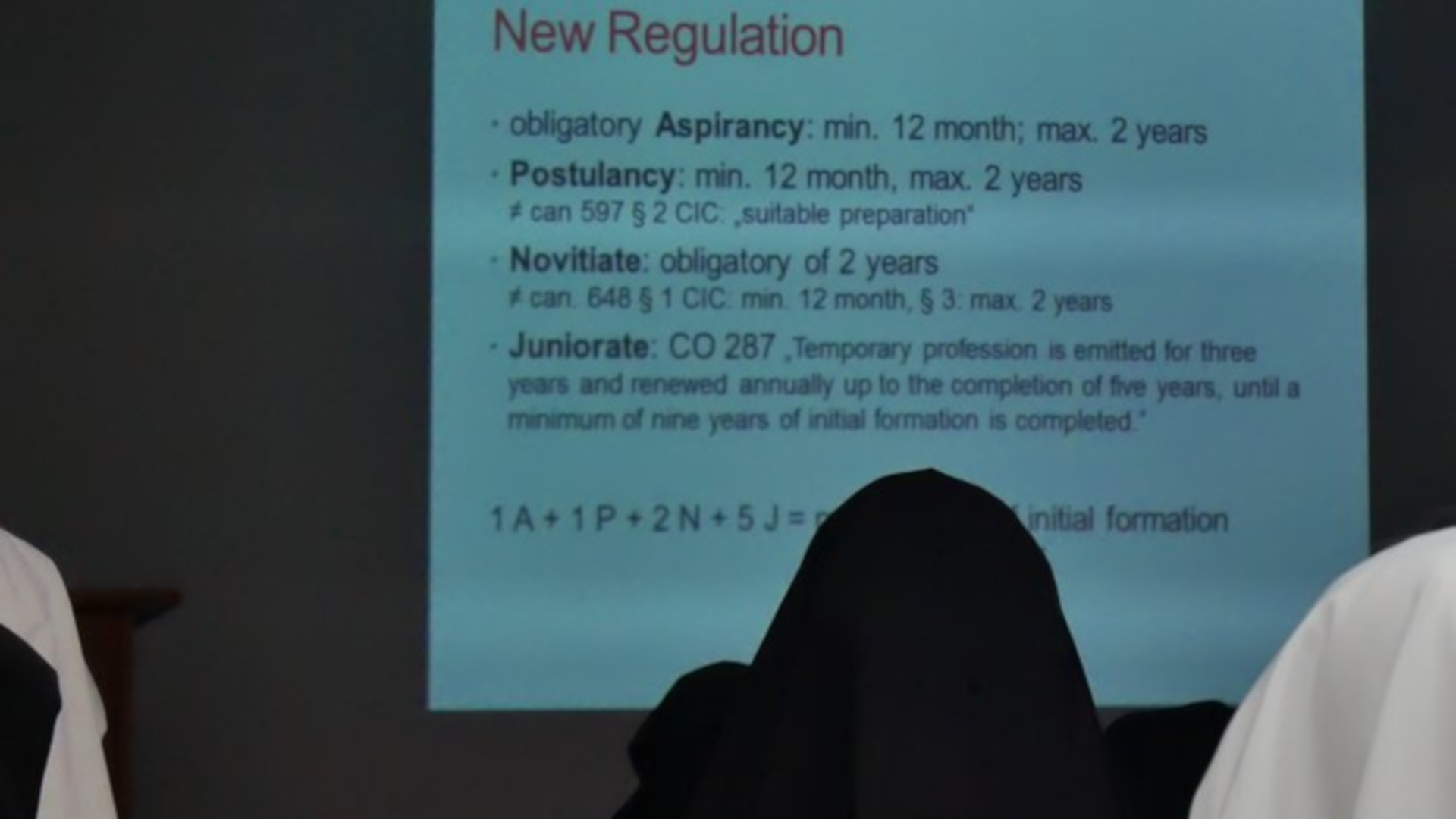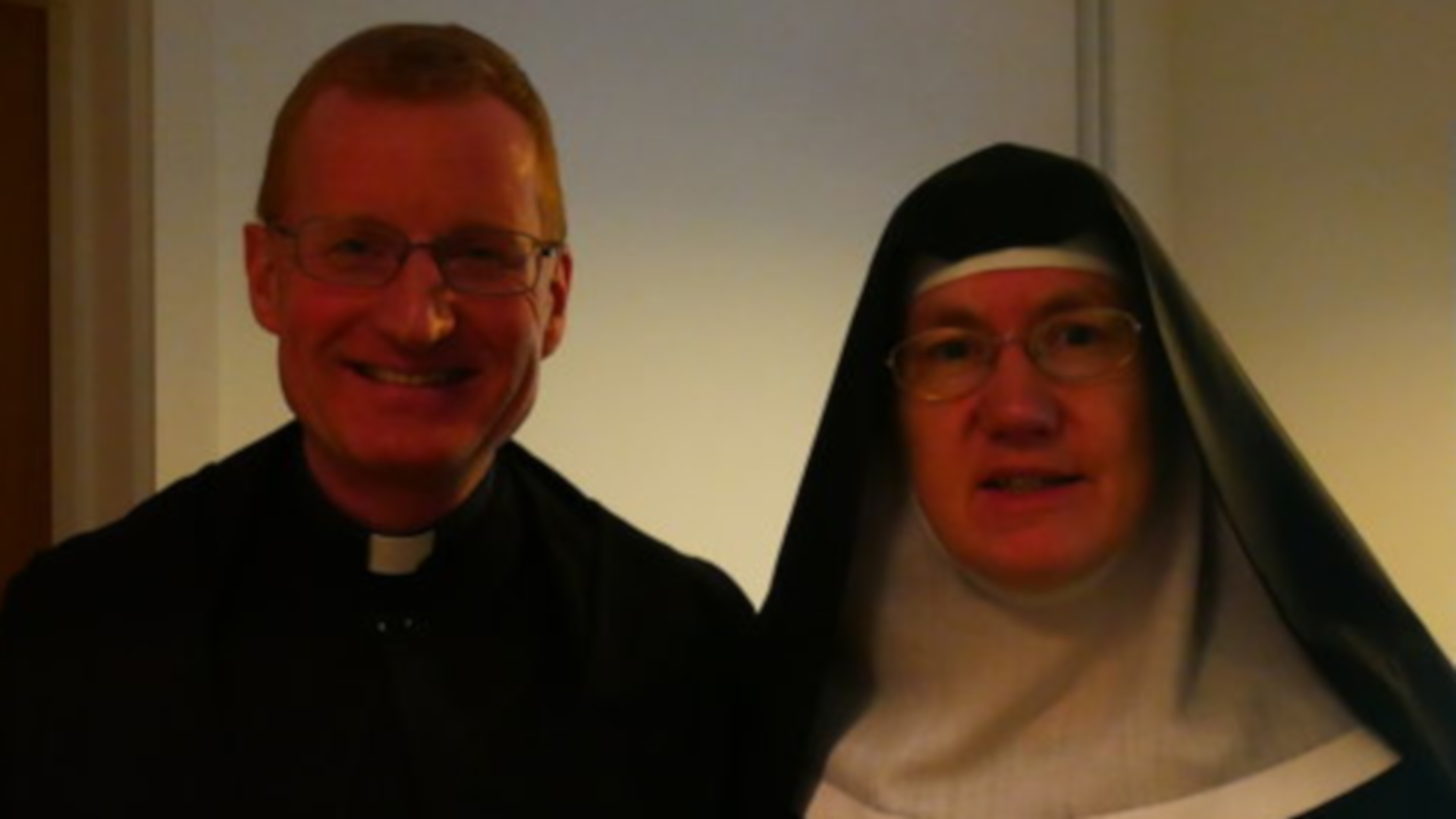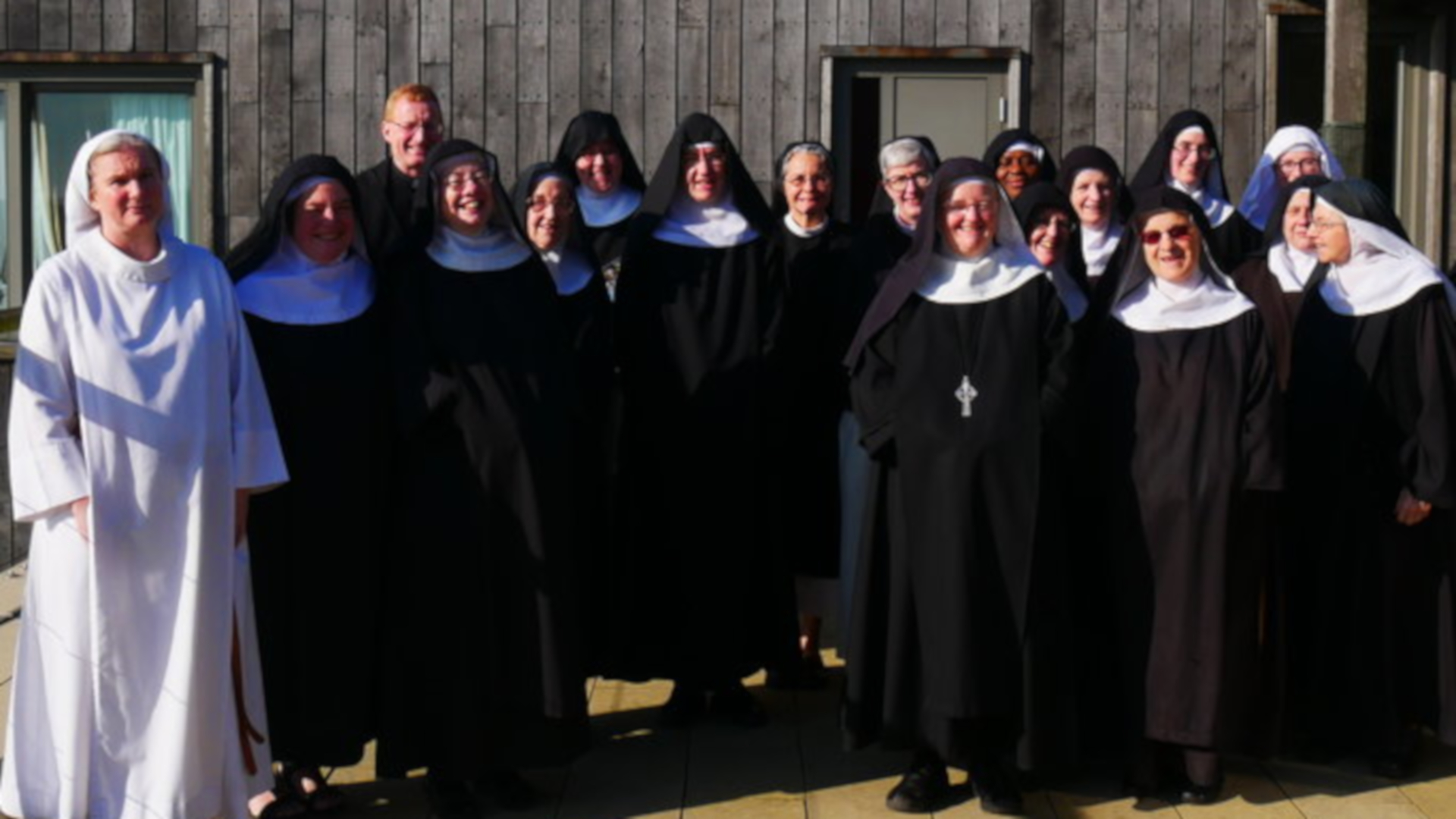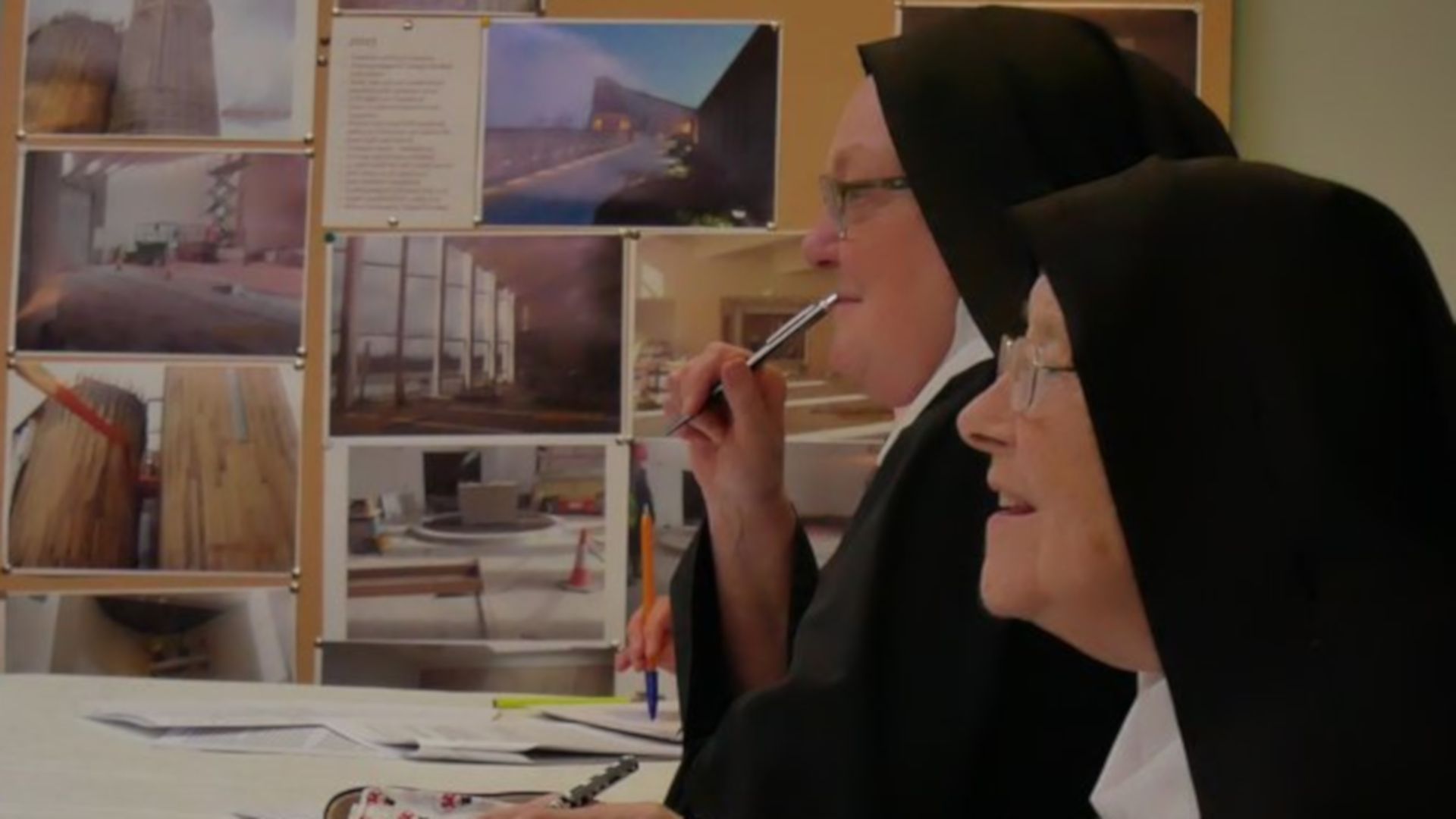Enclosed nuns from across the United Kingdom and Ireland recently gathered at Stanbrook Abbey, in North Yorkshire, England, to participate in a three-day meeting examining the new Vatican document Cor Orans, which outlines rules governing their monastic structure and way of life. The conference was led by two Benedictine canon lawyers, Sister Scholastika Häring OSB of Dinklage (Germany), and Father Luke Beckett OSB of Ampleforth (England).
Cor Orans (“Praying Heart”) provides instructions on how to apply Pope Francis’ 2016 Apostolic Constitution Vultum Dei Quaerere (“Seek the Face of God”), which is addressed to Catholic women religious in contemplative communities. In this document, the Holy See calls for changes to be implemented across 12 particular areas.
There are approximately 38,000 cloistered nuns in the world today, and the document provides precise guidelines regarding all the practical, administrative, legal and spiritual aspects of the founding and running of monasteries for contemplative nuns. These specifications address the autonomy of monasteries, relations with the bishop of the diocese in question, rules and regulations regarding “the separation of the nuns from the outside world,” means of communication, the various forms of cloister including “papal enclosure”, and formation requirements.
Cor Orans begins by saying, “The contemplative life of nuns, rooted in the silence of the cloister, from its beginnings through a mysterious apostolic fruitfulness enriches the Church of Christ with fruits of grace and mercy.” Silence and prayer were central elements of the conference at Stanbrook Abbey, interspersed with intensive input from these canon lawyers. The conference took place within and around the normal structures of the monastic rhythm of contemplative prayer.
Certain topics generated intensive discussion, for example, on how long the formation period should be before nuns make their solemn vows. Under Cor Orans, this period is proposed to be extended for up to nine years. Concerns were expressed over such a requirement, with one nun pointing out that women joining monastic communities these days are often older than in the past and arrive at the convent’s doors with professional qualifications already in hand, with careers to decide upon and properties to handle. Consequently, extending the time before which they could make their solemn profession could become significantly problematic, as women joining communities at present tend to have more established commitments than in earlier times.
Father Luke probed the concept of what it means to have “separation from the world”, illustrating its meaning through such references as “‘city on the hilltop”, “the heart constantly turned towards the Lord”, and “seeking the face of God”. During the conference, he defined the cloister quite simply as an area that is set aside only for the nuns, a positive space in which to create a family atmosphere, articulating, “The way that separation happens is not ideological; it’s a space to be protected.” Acknowledging the importance of renowned Benedictine hospitality, Father Luke noted insightfully the oft-debated argument between preserving the cloister and inviting guests in: “It’s a source of fraternal tension that rivals the liturgy!”
When Cor Orans was released earlier this year, there was huge media interest in the rules governing the use of modern, social communications. The document warns that “it is possible to empty contemplative silence when the cloister is filled with noises, news, and words. Recollection and silence are of great importance for the contemplative life.” At this conference, guidance was offered concerning modern methods of communication (e.g., Facebook and Twitter), which must be used with “sobriety and discretion” so that these social media tools “do not become occasions for wasting time or escaping from the demands of fraternal life in community”, or “prove harmful for [their] vocation, or become an obstacle to [their] life wholly dedicated to contemplation.” One nun made the point that the internet is a vital, modern means by which a community continues to develop its charism; for instance, her community has done a lot of work on the concepts raised in Laudato Si’, the environmental encyclical of Pope Francis, thanks to what is available to be read online.
Father Luke said that the document’s spirit is to guard against “running away from the cloister to surf the net”, emphasizing that access to various means of social communication involves a search to maintain healthy balance between the internet and social media’s good characteristics with their more negative aspects. He acknowledged, however, that it can be difficult for members of the younger generation, “who are surgically attached to their phones! There has to be some inter-generational discussion about embodying … discernment and coming together around values that are commonly shared; we all have to learn to be good stewards.”
Ultimately, Father Luke shared that there has to be reflection around the question of what contemplative life is: “Consecrated life is a passionate love for the Lord, seeking the face of God, being co-workers of God.”
Article adapted from Conference of Religious of England and Wales, “Contemplatives Digest New Vatican Rules Governing Their Existence”, 22 October 2018. The original article is available below with additional photos.





